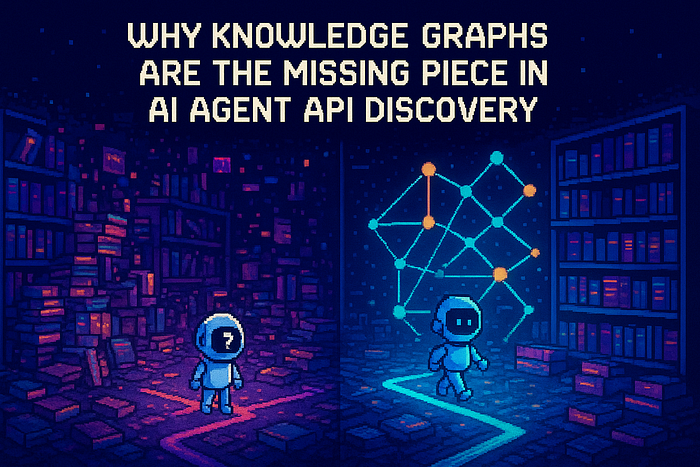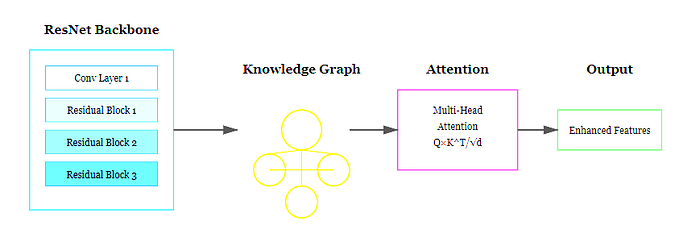A Neural Sparse Graphical Model for Variable Selection and Time-Series Network Analysis
Last Updated on February 11, 2025 by Editorial Team
Author(s): Shenggang Li
Originally published on Towards AI.
A Unified Adjacency Learning and Nonlinear Forecasting Framework for High-Dimensional Data
This member-only story is on us. Upgrade to access all of Medium.
Imagine a spreadsheet with rows of timestamps and columns labeled x_1, x_2, …. Each x_n might represent a product’s sales, a stock’s price, or a gene’s expression level. But these variables rarely evolve in isolation — they often influence one another, sometimes with notable time lags. To handle these interactions, we need a robust Time-Series Network that models how each variable behaves in relation to the others. This paper focuses on precisely that objective.
For instance, last month’s dip in x_1 could trigger a spike in x_2 this month, or perhaps half these columns are simply noise that drowns out the key relationships I want to track.
My quest was to figure out how to select the most important variables and build a reliable model of how each x_m depends on the others over time. For example, is x_m mostly driven by x_1 and x_2 from the previous day, or does it depend on all variables from the previous week? I looked into various ideas, like Graph Neural Networks (GNNs) to capture who influences whom, structural modeling for domain-specific equations, or more exotic approaches like… Read the full blog for free on Medium.
Join thousands of data leaders on the AI newsletter. Join over 80,000 subscribers and keep up to date with the latest developments in AI. From research to projects and ideas. If you are building an AI startup, an AI-related product, or a service, we invite you to consider becoming a sponsor.
Published via Towards AI
Take our 90+ lesson From Beginner to Advanced LLM Developer Certification: From choosing a project to deploying a working product this is the most comprehensive and practical LLM course out there!
Towards AI has published Building LLMs for Production—our 470+ page guide to mastering LLMs with practical projects and expert insights!

Discover Your Dream AI Career at Towards AI Jobs
Towards AI has built a jobs board tailored specifically to Machine Learning and Data Science Jobs and Skills. Our software searches for live AI jobs each hour, labels and categorises them and makes them easily searchable. Explore over 40,000 live jobs today with Towards AI Jobs!
Note: Content contains the views of the contributing authors and not Towards AI.














